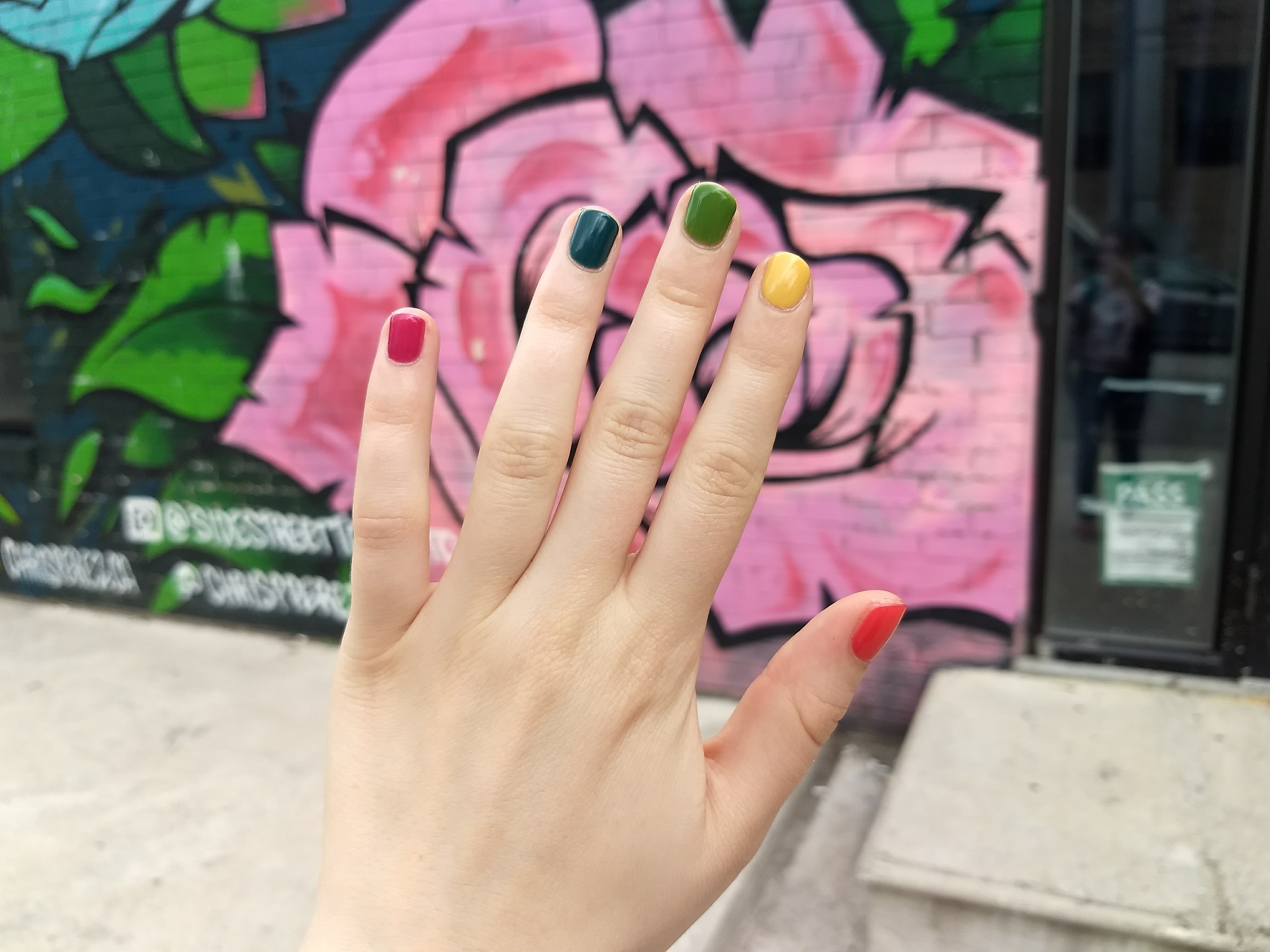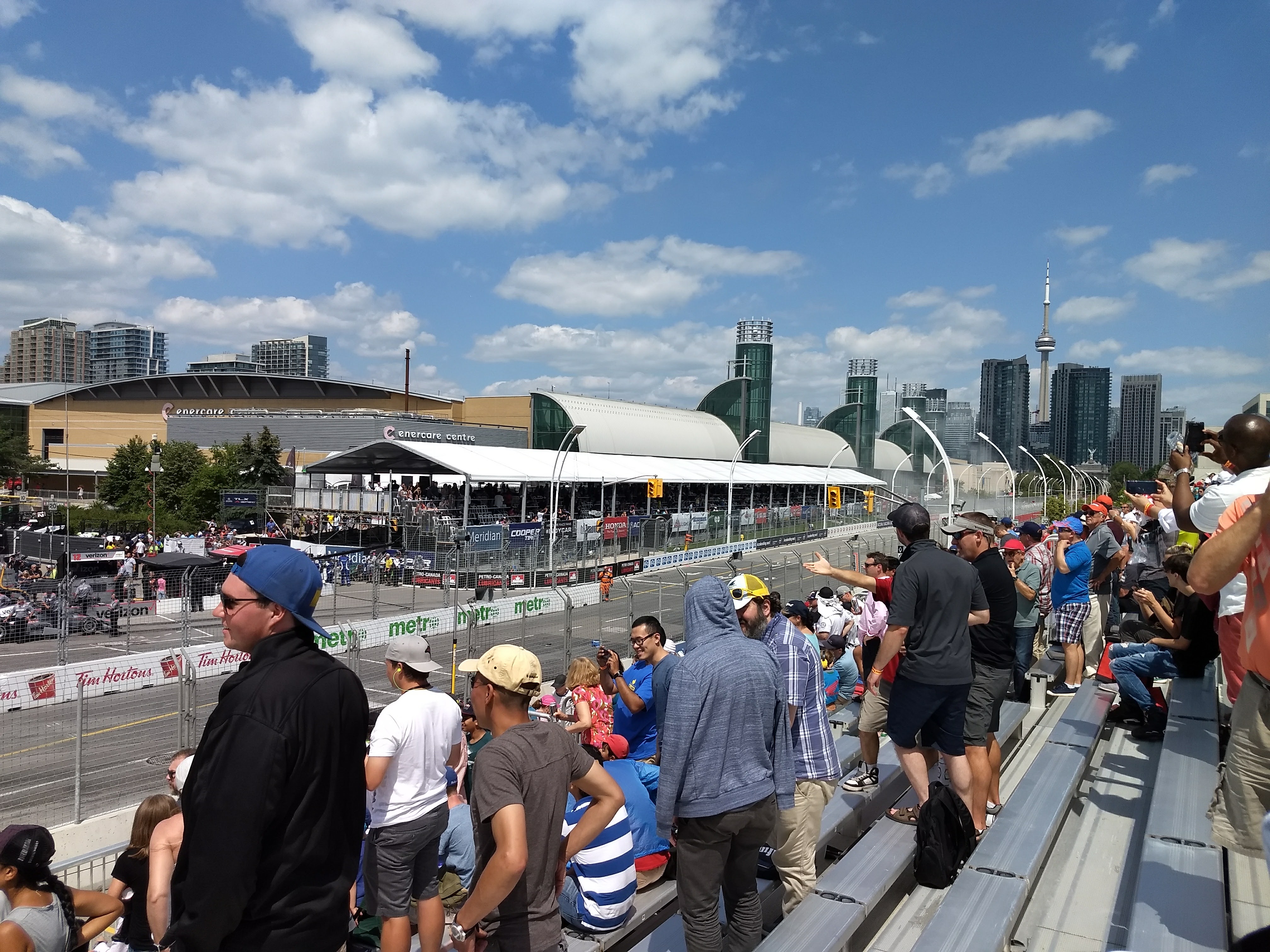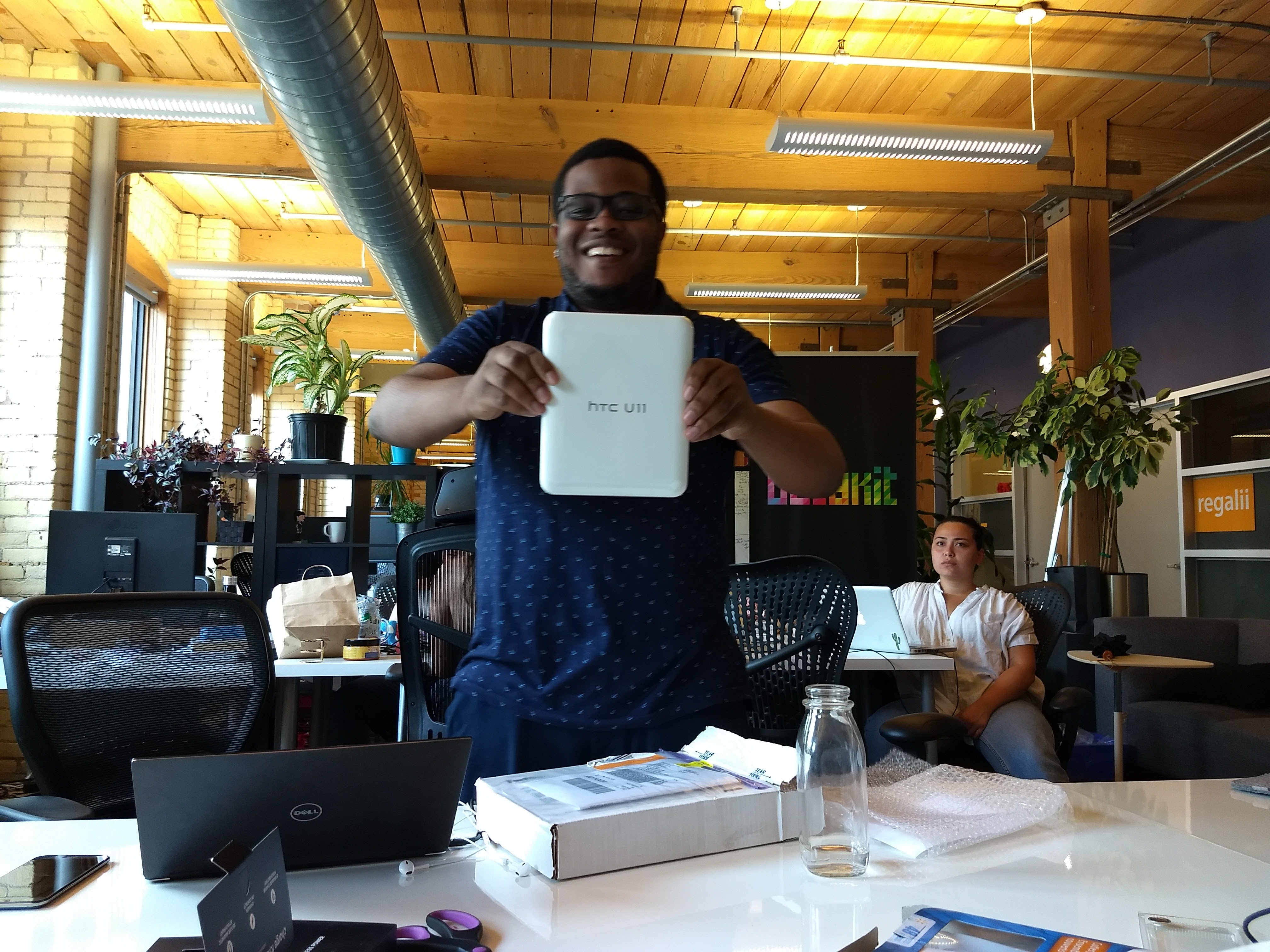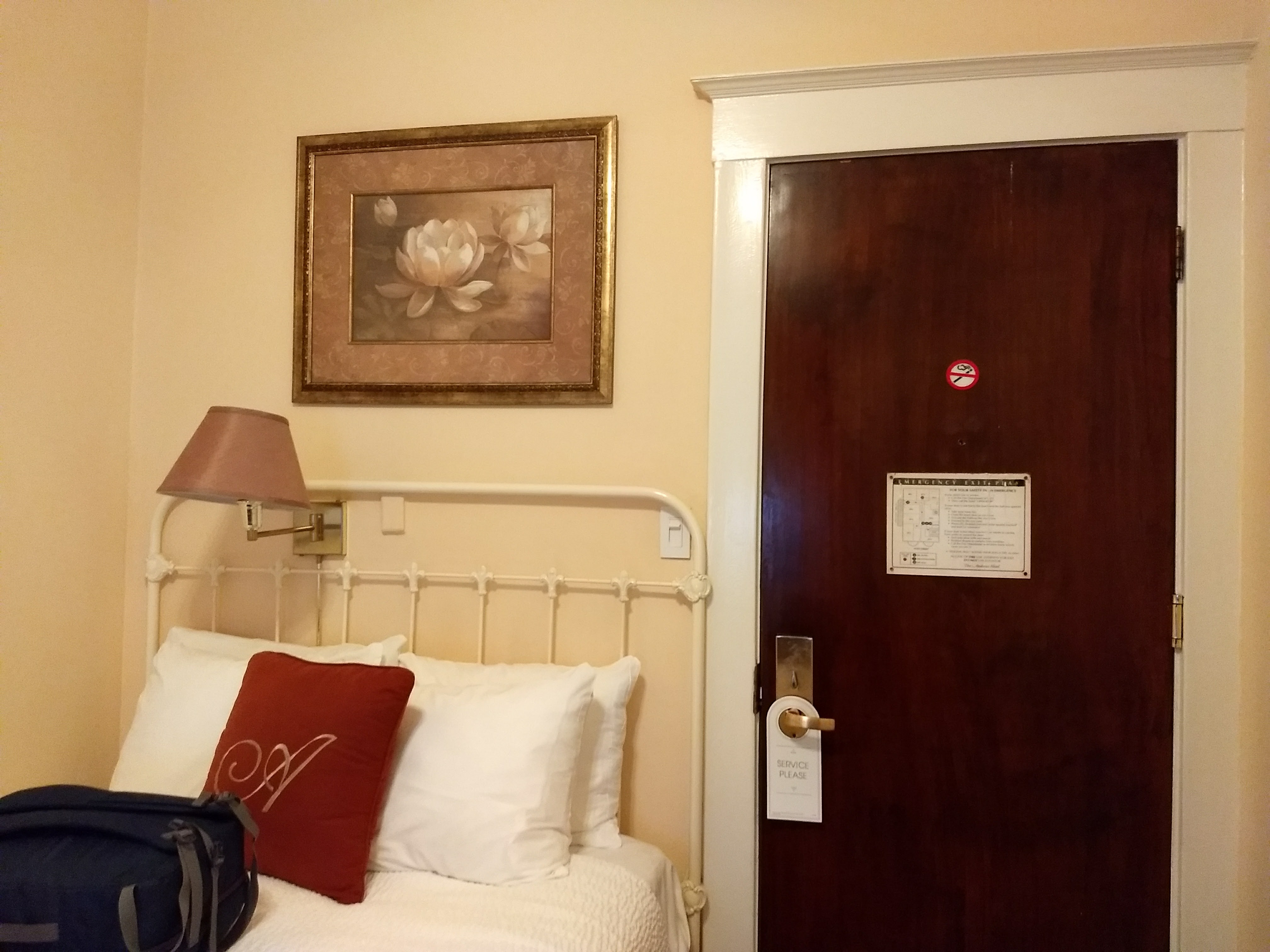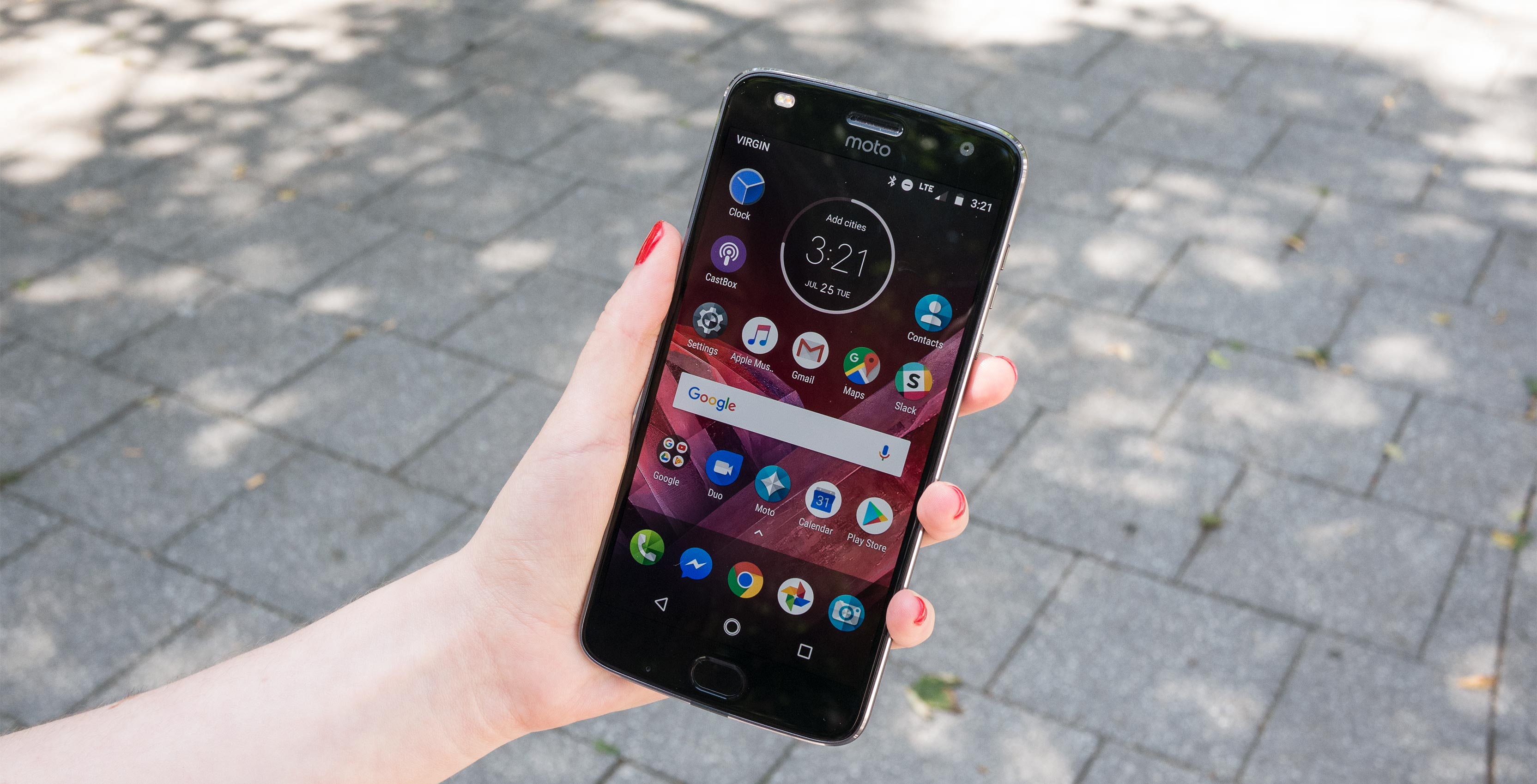
The Pros
- Simple and intuitive UI
- Improved design
- Useful and fun Mods
The Cons
- Decreased battery power
- Mediocre camera
- High price point
The predecessor to the Moto Z2 Play, the original modular Z mid-range phone, had a small but devoted cult following.
At around $650, it was significantly less expensive than the flagship Moto Z and in many ways, offered a more unique value proposition. Like its high-end sibling, it brought along the advent of Moto Mods – rear-attaching accessories ranging from external speakers to a camera mod for improved zoom – while also providing a surprising amount of battery life.
It was also more durable than the hyper-thin Moto Z, and the stellar Qualcomm Snapdragon 625 mid-range processor wasn’t much of a compromise for those with lesser processing needs. It wasn’t flawless – for one thing, the camera left something to be desired – but at that price point, it didn’t have to be.
Motorola Moto Z2 Play
Motorola Moto Z Play
Huawei P10 Plus
LG G6
Display
5.5-inch Super AMOLED, 1080 x 1920 pixels
5.5-inch Super AMOLED, 1080 x 1920p (403ppi)
5.5-inch, WQHD display, 1440 x 2560 pixels, 16:9 aspect ratio
5.7-inch, QHD+ display, 2880×1440, 18:9 aspect ratio
Processor
Qualcomm Snapdragon 626
Octa-core Qualcomm Snapdragon 625 (2.0 GHz Cortex-A53)
Kirin 960
Snapdragon 821
RAM
3GB of RAM
3GB RAM
4GB of RAM
4GB of RAM
Storage
32GB (expandable up to 2TB)
32GB internal storage expandable by MicroSD up to 256GB
64GB
32GB (expandable up to 2TB)
Dimensions (in.)
156.2 x 76.2 x 5.9mm
156.4 x 76.4 x 7mm
153.5 x 74.2 x 6.98 mm
148.9 x 71.9 x 7.9mm
Weight
145g
165g
165g
163g
Rear Facing Camera
12-megapixel (f/1.7), phase detection and laser autofocus, dual-LED (dual tone) flash
16-megapixel, f/2.0, phase detection and laser autofocus, dual-LED (dual tone) flash
20-megapixel + 12-megapixel (OIS)
13-megapixel (f/1.8) +13-megapixel (f/2.4)
Front Facing Camera
5-megapixel (f/2.2, 1.4 µm), dual-LED (dual tone) flash, 1080p
5-megapixel, f/2.2, 1.4 µm pixel size, LED flash
8-megapixel (f/1.9)
5-megapixel (f/2.2)
OS
Android 7.1.1 Nougat
Android 6.0.1 Marshmallow
Android 7.0 Nougat
Android 7.0 Nougat
Battery
3,000mAh
Non-removable 3,510mAh
3,750mAh
3,300mAh
Network Connectivity
GSM/ HSPA / LTE
GSM/CDMA/HSPA/LTE
GSM/HSPA/LTE
GSM/HSPA/LTE
Sensors
Fingerprint (front-mounted), accelerometer, gyro, proximity, compass
Fingerprint (front-mounted), accelerometer, gyro, proximity, compass
Accelerometer, gyro, proximity, compass
Fingerprint (rear-mounted), accelerometer, gyro, proximity, compass, barometer, colour spectrum
SIM Type
Nano SIM
Nano SIM
nano SIM
Nano SIM
Launch Date
June 1, 2017
August 31, 2016
February 26, 2017
April 7, 2017
Misc
Modular, Bluetooth 4.2, USB 3.1, water repellent nano-coating
Modular, Bluetooth 4.0
Colours: black | USB Type-C, not water resistant, NFC. is available through Canadian carriers.
Colours: Ice Platinum |USB Type-C port, Headphone jack, IP68 certified water and dust resistant
Display
Motorola Moto Z2 Play
5.5-inch Super AMOLED, 1080 x 1920 pixels
Motorola Moto Z Play
5.5-inch Super AMOLED, 1080 x 1920p (403ppi)
Huawei P10 Plus
5.5-inch, WQHD display, 1440 x 2560 pixels, 16:9 aspect ratio
LG G6
5.7-inch, QHD+ display, 2880×1440, 18:9 aspect ratio
Processor
Motorola Moto Z2 Play
Qualcomm Snapdragon 626
Motorola Moto Z Play
Octa-core Qualcomm Snapdragon 625 (2.0 GHz Cortex-A53)
Huawei P10 Plus
Kirin 960
LG G6
Snapdragon 821
RAM
Motorola Moto Z2 Play
3GB of RAM
Motorola Moto Z Play
3GB RAM
Huawei P10 Plus
4GB of RAM
LG G6
4GB of RAM
Storage
Motorola Moto Z2 Play
32GB (expandable up to 2TB)
Motorola Moto Z Play
32GB internal storage expandable by MicroSD up to 256GB
Huawei P10 Plus
64GB
LG G6
32GB (expandable up to 2TB)
Dimensions (in.)
Motorola Moto Z2 Play
156.2 x 76.2 x 5.9mm
Motorola Moto Z Play
156.4 x 76.4 x 7mm
Huawei P10 Plus
153.5 x 74.2 x 6.98 mm
LG G6
148.9 x 71.9 x 7.9mm
Weight
Motorola Moto Z2 Play
145g
Motorola Moto Z Play
165g
Huawei P10 Plus
165g
LG G6
163g
Rear Facing Camera
Motorola Moto Z2 Play
12-megapixel (f/1.7), phase detection and laser autofocus, dual-LED (dual tone) flash
Motorola Moto Z Play
16-megapixel, f/2.0, phase detection and laser autofocus, dual-LED (dual tone) flash
Huawei P10 Plus
20-megapixel + 12-megapixel (OIS)
LG G6
13-megapixel (f/1.8) +13-megapixel (f/2.4)
Front Facing Camera
Motorola Moto Z2 Play
5-megapixel (f/2.2, 1.4 µm), dual-LED (dual tone) flash, 1080p
Motorola Moto Z Play
5-megapixel, f/2.2, 1.4 µm pixel size, LED flash
Huawei P10 Plus
8-megapixel (f/1.9)
LG G6
5-megapixel (f/2.2)
OS
Motorola Moto Z2 Play
Android 7.1.1 Nougat
Motorola Moto Z Play
Android 6.0.1 Marshmallow
Huawei P10 Plus
Android 7.0 Nougat
LG G6
Android 7.0 Nougat
Battery
Motorola Moto Z2 Play
3,000mAh
Motorola Moto Z Play
Non-removable 3,510mAh
Huawei P10 Plus
3,750mAh
LG G6
3,300mAh
Network Connectivity
Motorola Moto Z2 Play
GSM/ HSPA / LTE
Motorola Moto Z Play
GSM/CDMA/HSPA/LTE
Huawei P10 Plus
GSM/HSPA/LTE
LG G6
GSM/HSPA/LTE
Sensors
Motorola Moto Z2 Play
Fingerprint (front-mounted), accelerometer, gyro, proximity, compass
Motorola Moto Z Play
Fingerprint (front-mounted), accelerometer, gyro, proximity, compass
Huawei P10 Plus
Accelerometer, gyro, proximity, compass
LG G6
Fingerprint (rear-mounted), accelerometer, gyro, proximity, compass, barometer, colour spectrum
SIM Type
Motorola Moto Z2 Play
Nano SIM
Motorola Moto Z Play
Nano SIM
Huawei P10 Plus
nano SIM
LG G6
Nano SIM
Launch Date
Motorola Moto Z2 Play
June 1, 2017
Motorola Moto Z Play
August 31, 2016
Huawei P10 Plus
February 26, 2017
LG G6
April 7, 2017
Misc
Motorola Moto Z2 Play
Modular, Bluetooth 4.2, USB 3.1, water repellent nano-coating
Motorola Moto Z Play
Modular, Bluetooth 4.0
Huawei P10 Plus
Colours: black | USB Type-C, not water resistant, NFC. is available through Canadian carriers.
LG G6
Colours: Ice Platinum |USB Type-C port, Headphone jack, IP68 certified water and dust resistant
For those reasons, it earned rave reviews from myself here at MobileSyrup and many other tech publications. Of all the exceedingly solid mid-range offerings on the market, it always remained at the top of my list for recommendations, and I was eager to see what Moto would pull out of its hat for the second generation.
Unfortunately, the Z2 Play compromises on its strongest quality – battery – and increases in price (particularly for Canadian users) to such an extent as to severely reduce its value proposition.
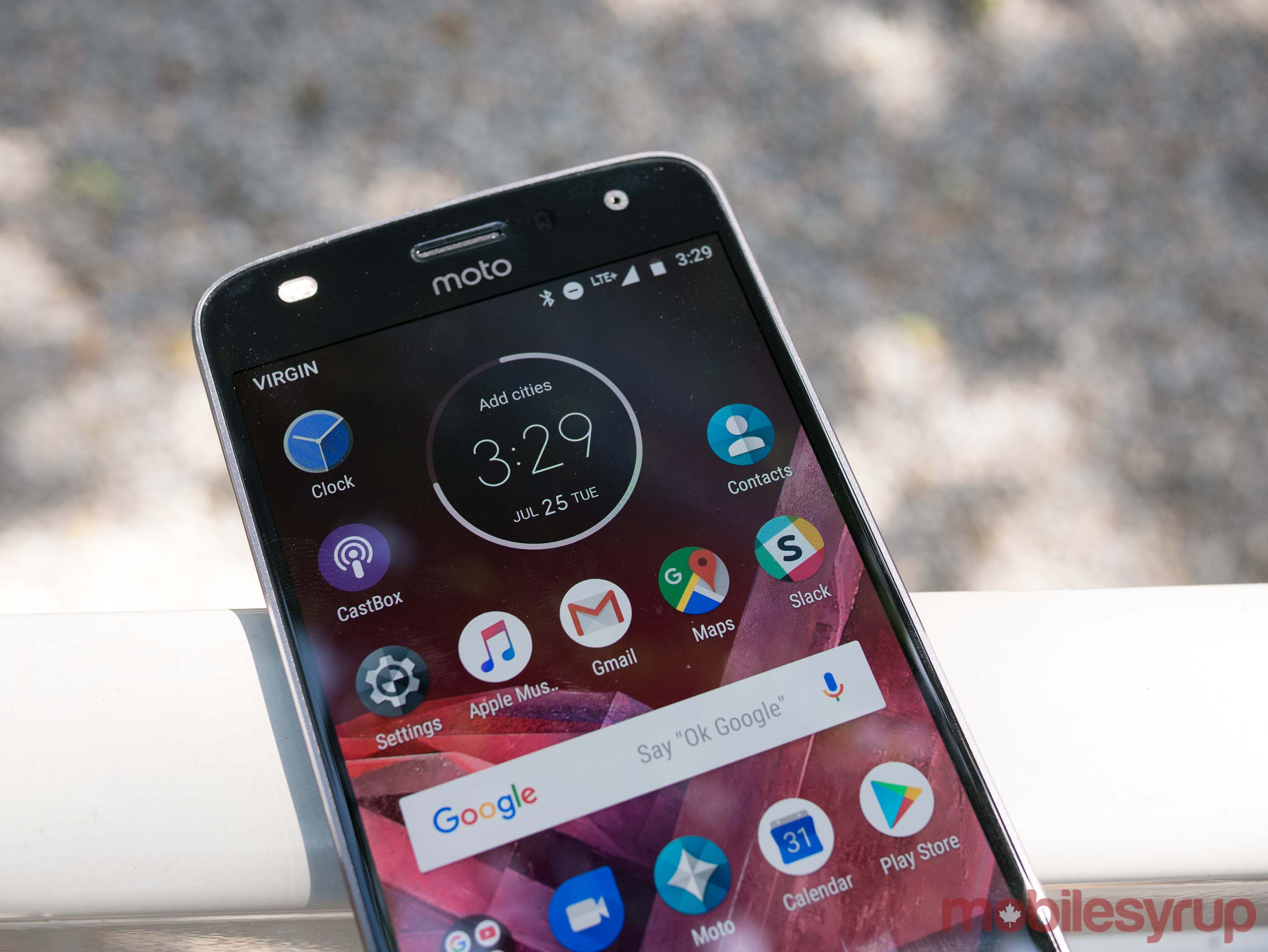
It remains a solid mid-range choice, but at between $700 and $800 outright at Canadian carriers, it suddenly puts itself in competition with devices like the $750 Huawei P10 Plus and $900 LG G6, both of which are new flagships that offer premium camera setups, high-end processors and striking design.
For the purposes of this review, I’ll analyse the device on its own merits, but where comparisons are required, I have no choice but to look at it beside the other high-end devices in its price-range.
In the U.S., where it costs around $400 outright, this would not be necessary, but in Canada the Moto Z2 Play, however well-performing, is stuck in a somewhat awkward middle ground: not quite mid-range and not quite high-end either.
A new, more mature look
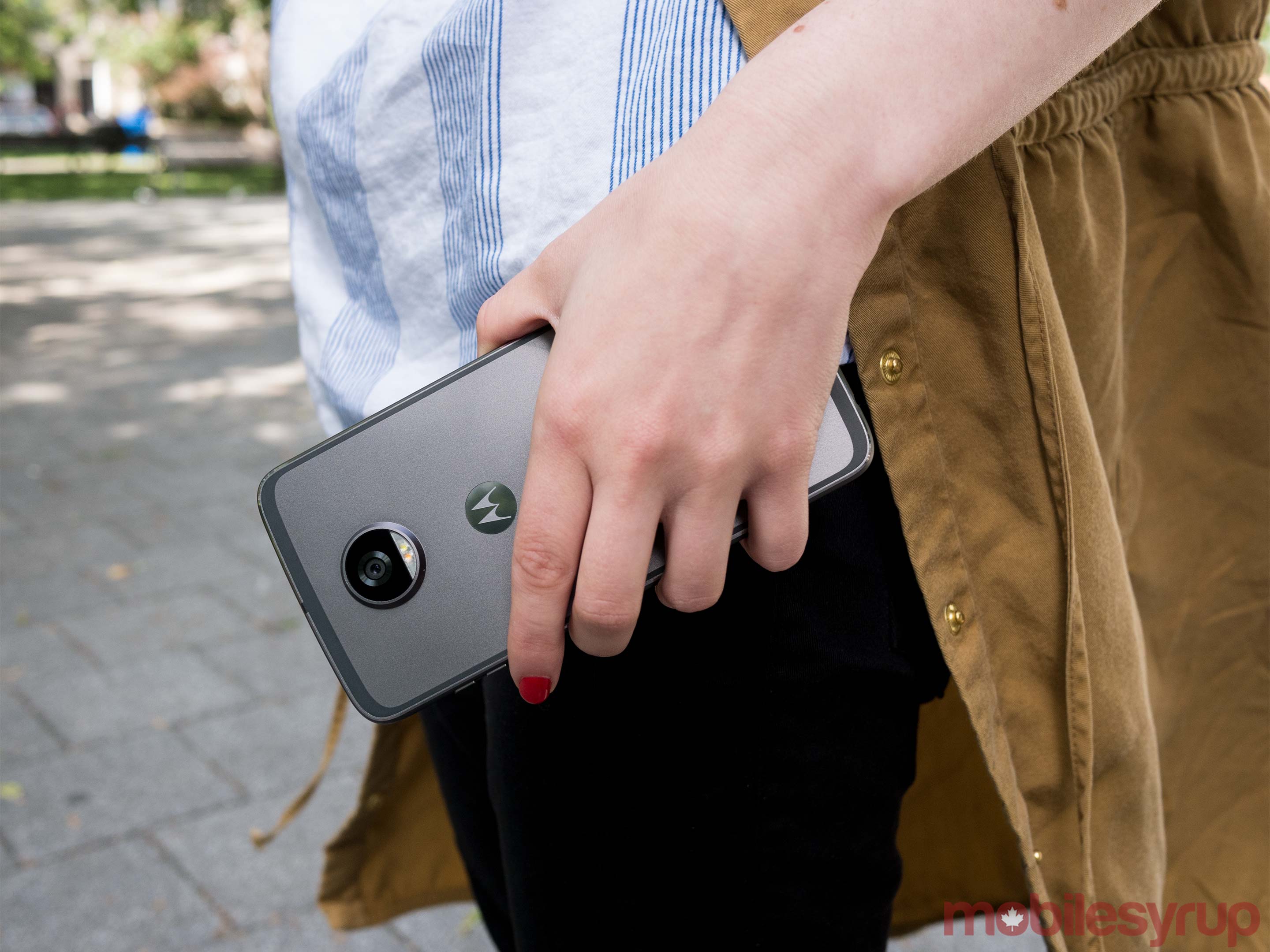
In comparison with its predecessor, the Moto Z2 Play exhibits a more mature, sleek and professional look. It has a brushed, smoky grey metal back and chamfered edges, with a rim of darker grey providing a tasteful accent around the rear edges.
A minimal silver Motorola logo is situated on the upper half of the smartphone’s back and below lie the unobtrusive rows of pins necessary to connect the Moto Mods. At the top, there’s a large circular camera bump, which extends further than usual camera setups in part to facilitate the added thickness of Mods and snap-on covers.
On the front of the device, there’s a microphone hole and fingerprint sensor in the thick bottom bezel, but no physical home buttons – the sensor doesn’t function as a home button, either. Like the Huawei P10 Plus, you must choose either to let fingerprint gestures take over the roles of those buttons entirely, or use virtual buttons on top of the sensor.
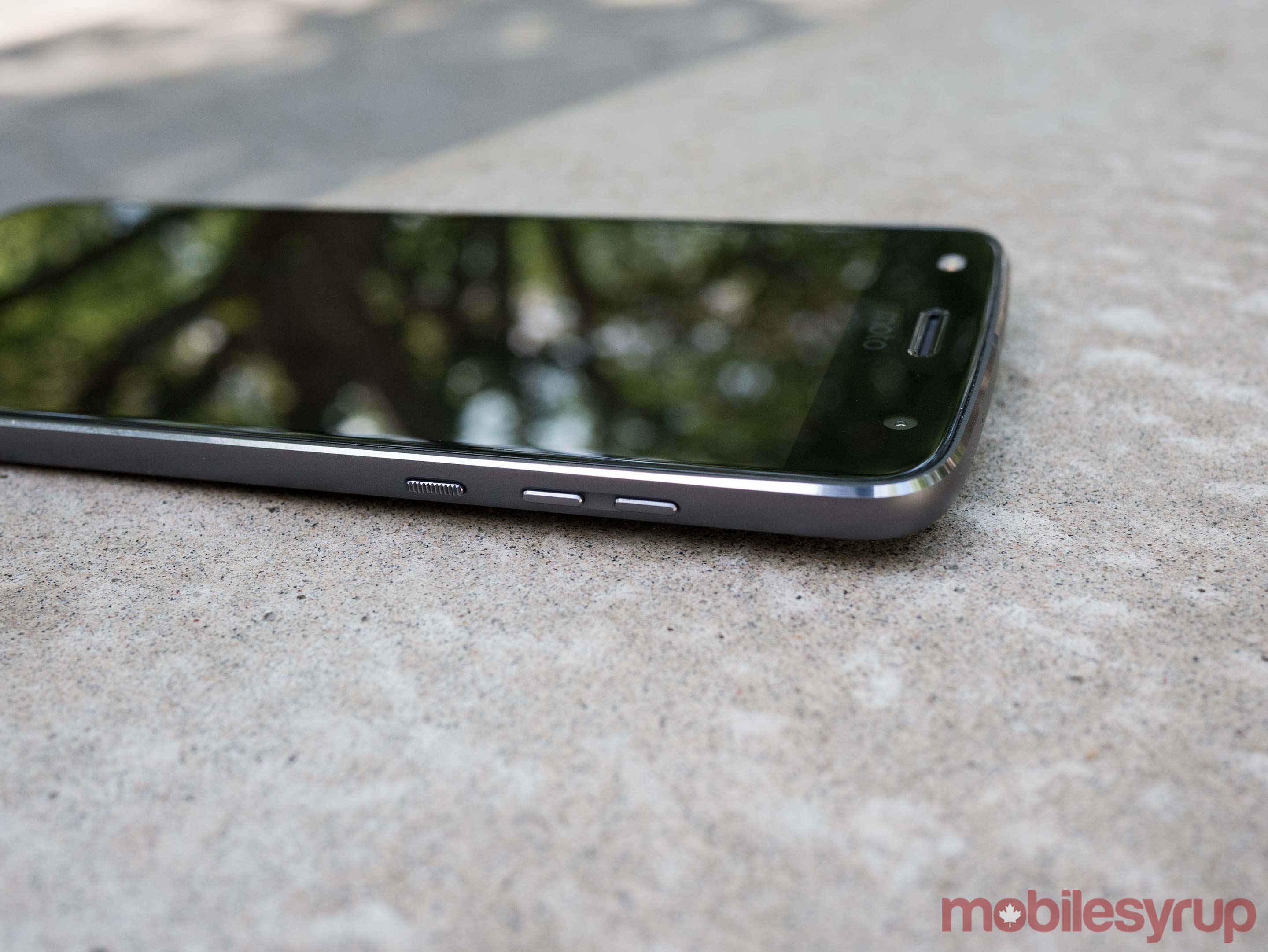
While I love the idea of fingerprint gestures – tap for home, swipe right for app list, left for back – I couldn’t seem to get the hang of them. Even after about a month of using the feature, I would find myself fumbling around as the sensor confused my swipe to the app list function for an intention to go back. Ultimately, I was happier using the virtual buttons, as redundant as having a separate fingerprint sensor and home button may seem.
In the top bezel, also sizable, there’s a front-facing speaker — the only one on the device and, unfortunately, a poor purveyor of external sound — along with a selfie camera and flash. The side bezels are very slim, encasing a 5.5-inch Super AMOLED display.
The display itself performs well in direct sunlight and pushes crisp whites, inky blacks and the rich, slightly over-saturated colours that we’re used to on smartphones – though there’s another option for a toned-down, ‘realistic’ colour mode as well.
The 1920 x 1080p display is identical in spec to the panel on the original Z Play – though screen-to-body ratio has gone from 69.1 percent to 70.1 percent (only about eight percent less than the display-focused LG G6).
As for the size of the display, it’s shared by the Huawei P10 Plus and exceeded by the LG G6 (which comes in at 5.7-inches), but the Z2 Play still manages to be wider than both those competitors at 76.2mm.
The width is my most significant design gripe – as a small-handed user, such wide devices are liable to drop more readily from my grasp when I’m attempting to manipulate multiple objects.
Mods remain very cool
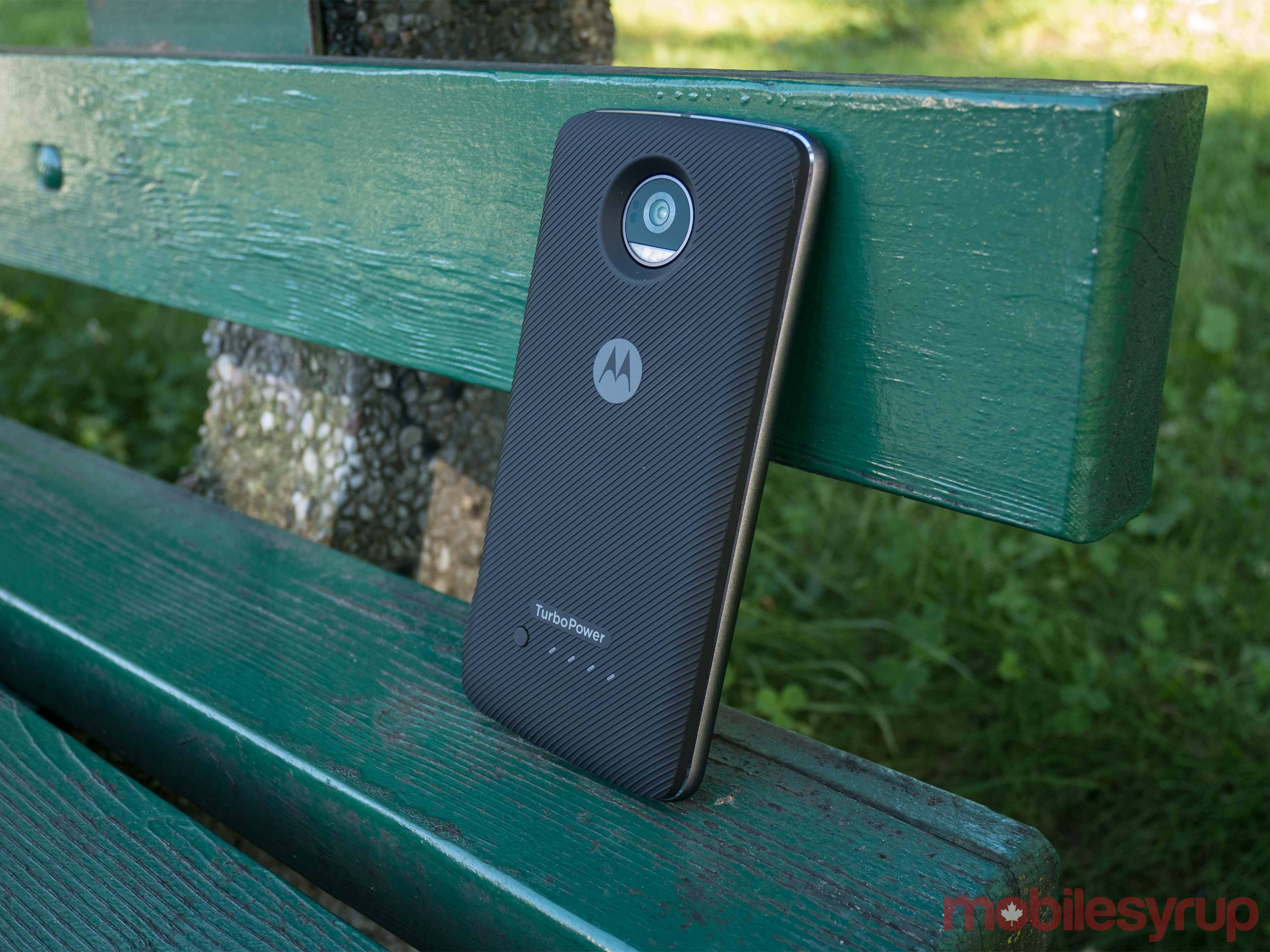
But slimness is difficult to achieve when Motorola’s strategy – necessitated by the Mods – is to create a device that’s exceptionally thin. To that end, the company has certainly achieved its goal; it’s only 6mm, a full 1mm less than the P10 Plus and almost 2mm less than the G6.
Unfortunately, after trying both styles, I’ve found the winning option is the one adopted by the G6 and, to a lesser extent, the P10 Plus. Slim phones with a bit of weight and thickness are more comfortable to navigate, and they offer just as much from a functionality standpoint.
Having said that, I adore the Mods. While it doesn’t seem likely that this format will catch on to the rest of Motorola’s devices, let alone the wider world of mobile, the Mods remain a brilliant bubble of fun, useful futurism.
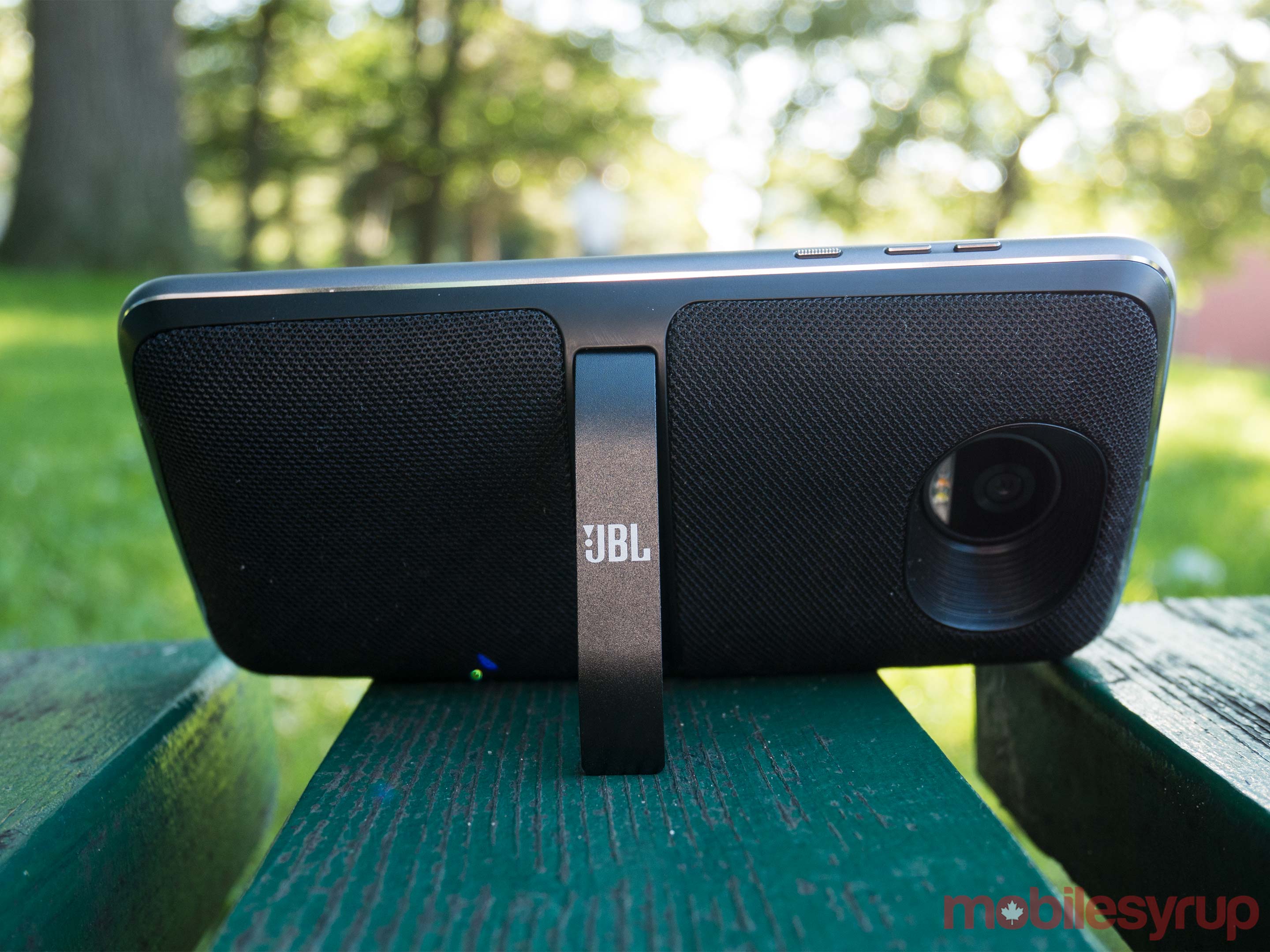
During my time with the phone, I used the $114.99 JBL SoundBoost 2 speaker Mod and the $99.99 Moto TurboPower Pack battery Mod, which will arrive later this summer. The former provided high quality sound good enough to provide the tunes at an impromptu party and the latter provided battery life peace of mind with only a little extra heft. What’s more, the Mods are easy to use and sturdy, clicking into place and never once coming detached unintentionally.
Other Mods currently available in the Canadian market include the Mods launched with the first generation Z devices, including the Moto InstaShare Projector and Hasselblad True Zoom, while the company says its buzzed-about Gamepad Mod is also coming this summer for $99.99.
The only downside of the Mods are the significant price tags. Each new Mod is an investment, and I’d be reticent to purchase any after factoring in the full cost of the device. Additionally, there’s the consideration of the fact that Motorola may eventually phase out its modular phones — though so far, the company appears to still be investing in development.
A dependable processor
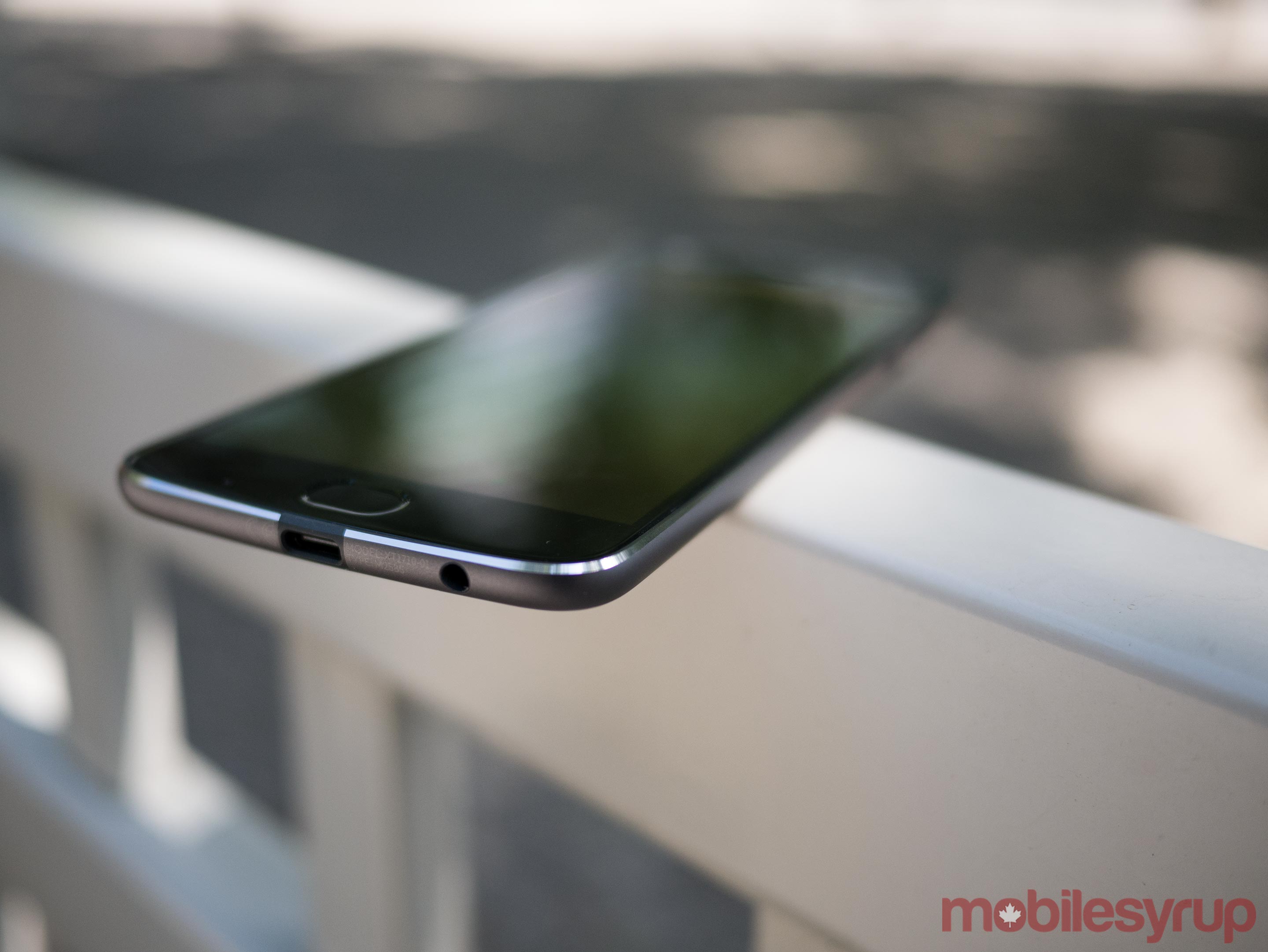
Like its predecessor, the Snapdragon 625, the octa-core 626 is a high-performing, impressive mid-range chipset. In the Z2 Play it’s backed by 3GB of RAM and performs well. I only experienced a few rare instances of app crashes or overall system slow-downs in the several weeks I spent with the device, and overheating never became an issue even after prolonged use of video calling or games.
When stacked up against devices on the Canadian market within its price range, however, the processors tend to be of a higher tier. The $900 Pixel and LG G6 both feature a quad-core Snapdragon 821, the popular chipset choice for most of last year’s flagships.
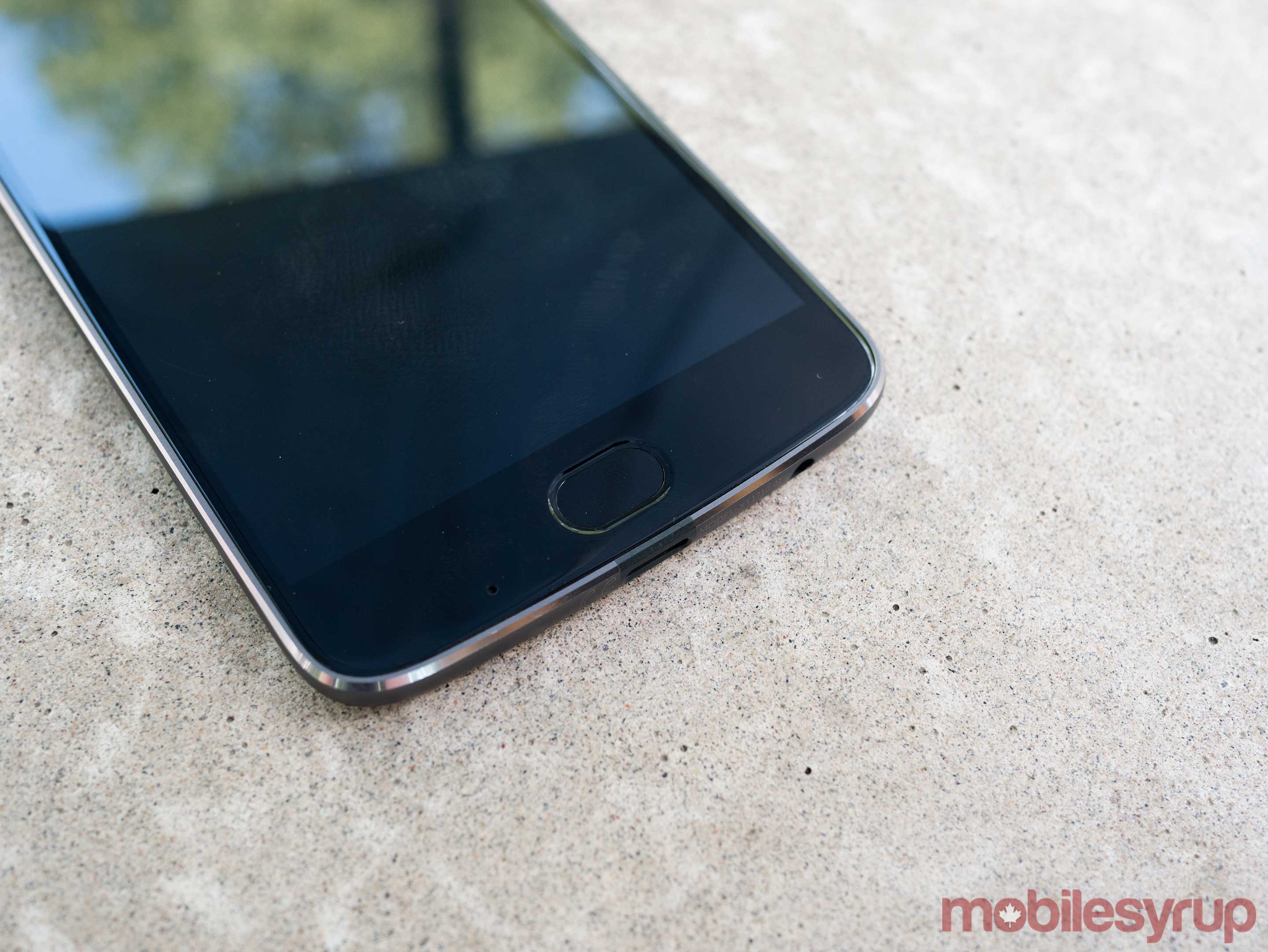
The $919 iPhone 7 stocks the quad-core A10 Fusion chip, which has outpaced the 821 in some benchmarks, while the Huawei P10 Plus features the octa-core HiSilicon Kirin 960, a top tier chipset from Huawei that contends with both chips in benchmarks.
Most of the phones mentioned above also feature 4GB of RAM, an additional gigabyte above what the Z2 Play offers.
When it comes to chipset, the Z2 Play is more on par with devices like the $400 Huawei Nova Plus, the approximately $330 Asus Zenfone 3 Zoom and the $700 BlackBerry KEYone, which all feature the Snapdragon 625.
So far, no other device in Canada apart from the Z2 Play uses the fairly new 626 chipset, though more will no doubt roll out as the year progresses.
The best Android implementation
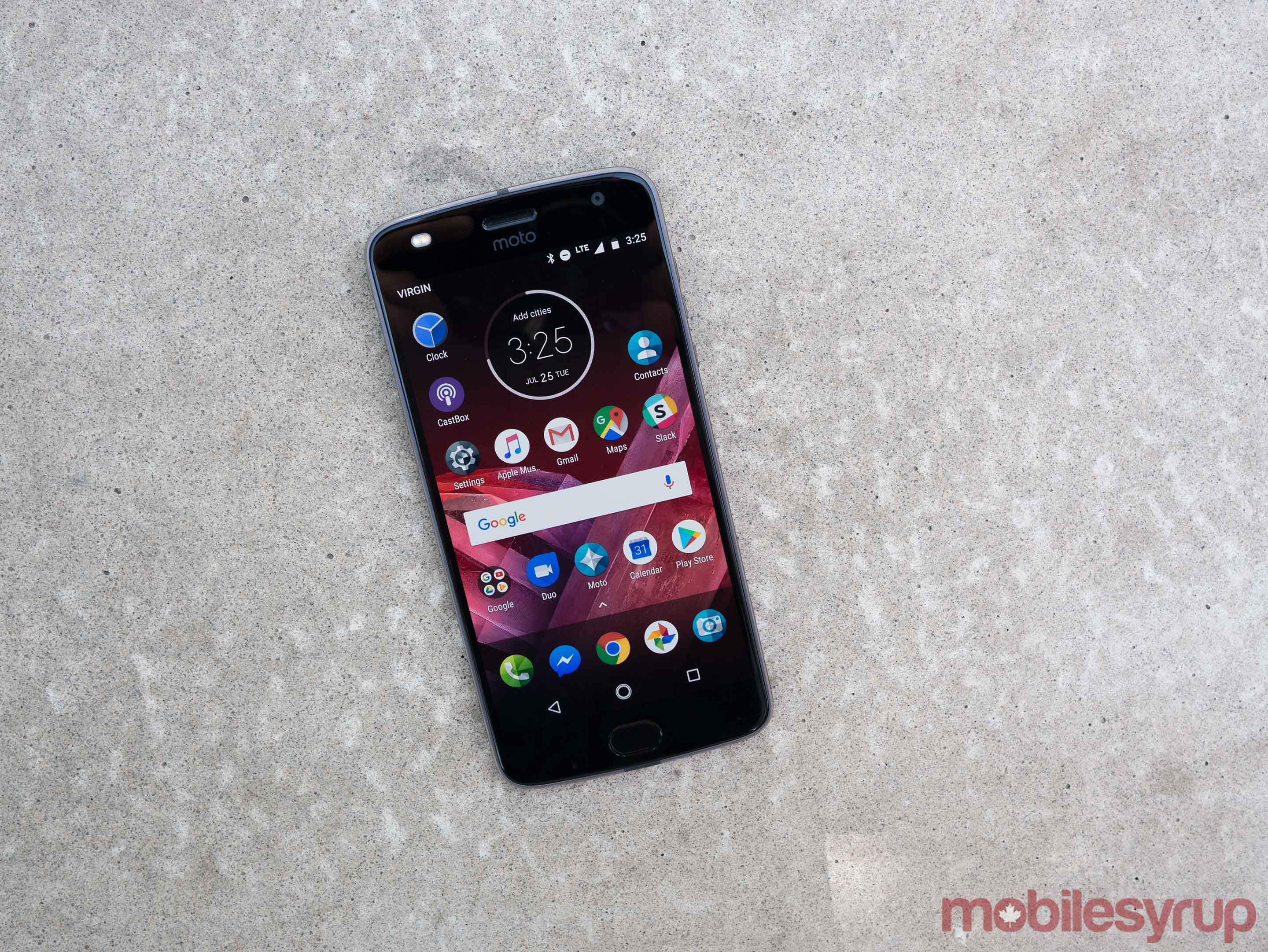
Running on top of those internals is Android Nougat 7.1.1 overlaid with Motorola’s gentle customizations. As always, the UI is simple, intuitive and generally delightful to use.
While utilizing the most attractive and functional stock Android elements – for example, the pull-up launcher debuted on the Pixel and Google Now positioned a right-swipe away from the home screen – Motorola adds on some light touches that add value in subtle, elegant ways.
For instance, when you set an alarm, you’ll see it displayed prominently on the lock screen so that you don’t have to do one last check before sleeping to make sure you set it correctly.
There’s also the famous Moto actions, which let you twist your device to open the camera quickly, or lift a ringing phone to switch the call to vibrate.
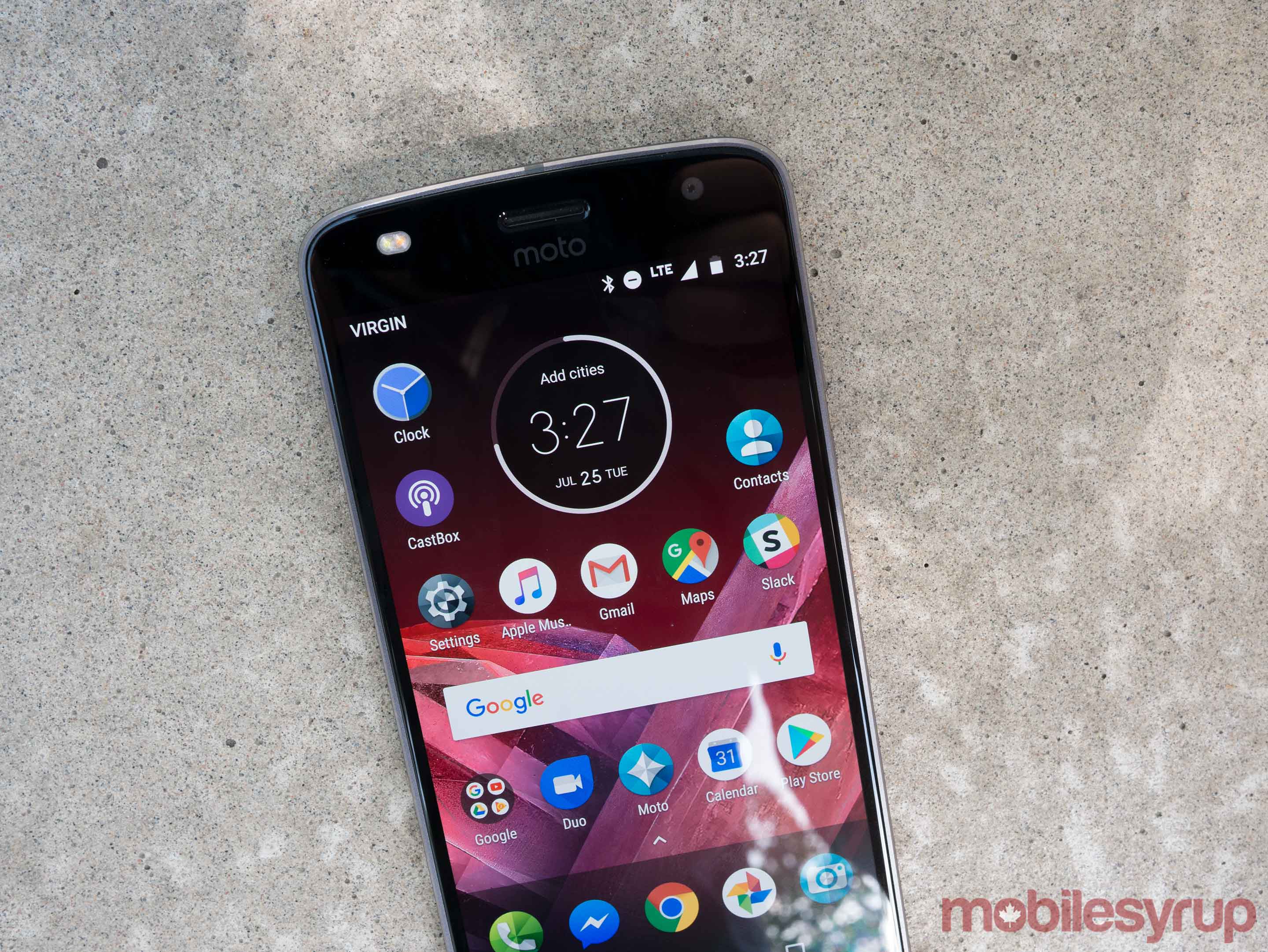
But, as I mentioned, Moto’s touch is very light when it comes to skinning, which also means that you can rest assured you won’t be affronted by too many options or the unnecessary bloatware offered by so many other Android manufacturers.
One of the few exceptions to this may be the new Moto Voice ‘Show Me’ feature (available only in ‘U.S. English’), which allows you to open certain widgets and apps with your voice — functionalities that are slightly redundant due to the inclusion of Google Assistant.
An improved shooter, but not flagship-level
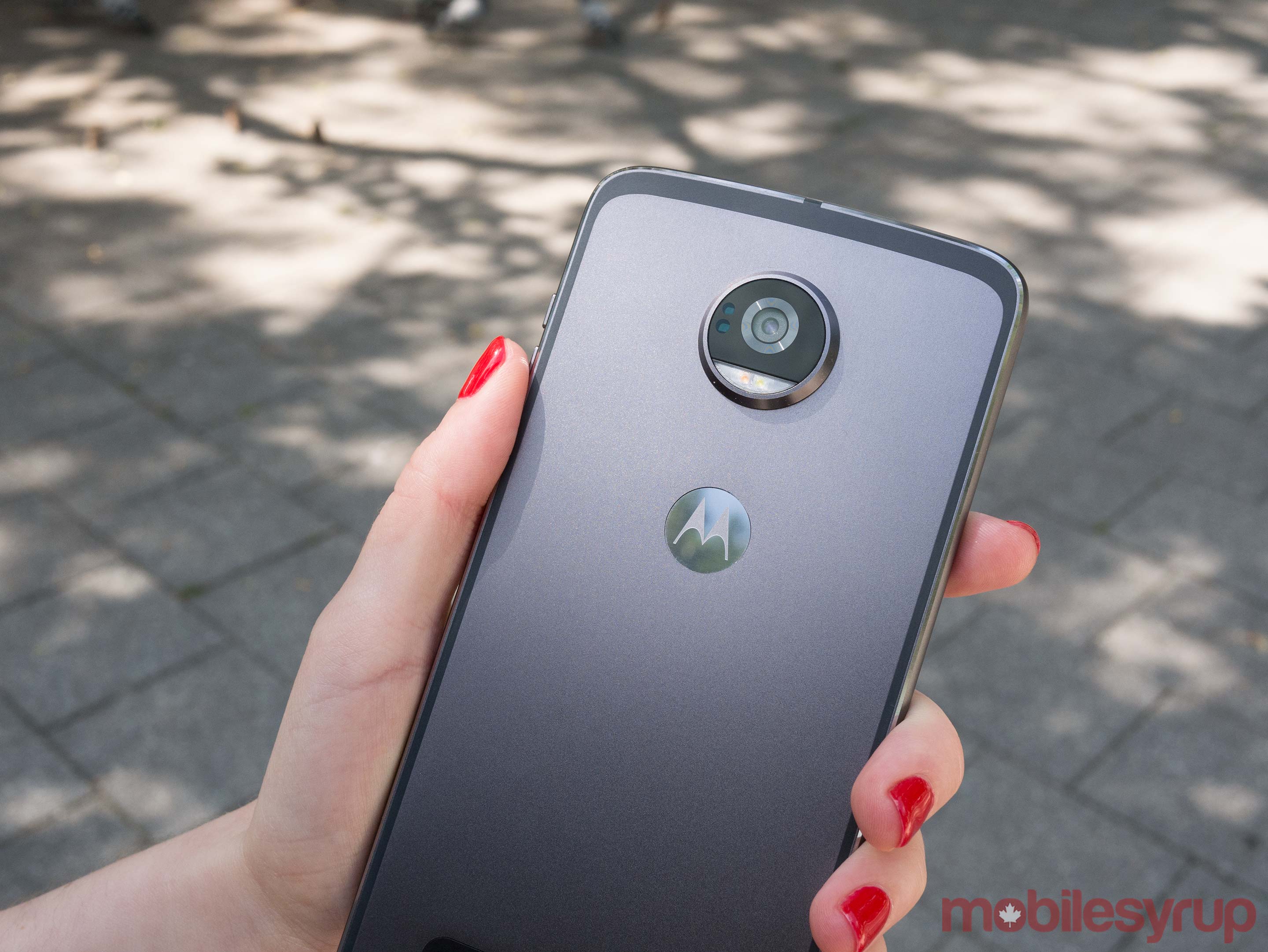
Low-light shooting is certainly better with the camera’s f/1.7 aperture than the first Z Play’s f/2.0 lens, but still falls far short of flagship-level quality.
In ideal lighting conditions and with a steady subject, the camera is capable of some professional-looking shots, but with indoor or low light and potentially moving subjects, pictures are plagued by soft blur — a result of the omission of optical image stabilization, I suspect.
On the other side, on sunny days or under bright light, the photos — or parts of them — tend to look blown out, and often lose colour saturation. Sometimes, in an indoor situation with bright lights, both issues can occur in one picture – blur and blow outs.
The camera app does offer a ‘professional mode,’ however, where users can tweak things like ISO, shutter speed and white balance to improve the shots.
None of this would deserve much critique, naturally, if you were to compare the Z2 Play against devices like the Huawei Nova Plus, which also has a middling rear camera. However, positioned against the Huawei P10 Plus and LG G6, it becomes a significant drawback.
Both of those devices are marketed on the value of their dual-camera setups — the P10 Plus using its setup to enhance low-light shooting and offer stunning black and white images and the G6 focusing on impressive wide-angle shots. Against those packages, the Z2 Play simply cannot compete.
But taken by itself, the camera is far from a detractor for those who are only casual mobile photographers. Not only is it capable of taking nice shots with the right conditions or settings, the few video samples I took turned out well, providing crisp detail even when shooting inside. As an added bonus, the microphone picked up speaking clearly with little interference from background noises.
Meanwhile, the 5-megapixel f/2.2 front-facing camera takes clear, well-defined selfies and bumps up its value with the addition of an accompanying dual-LED built-in flash.
A battery downgrade
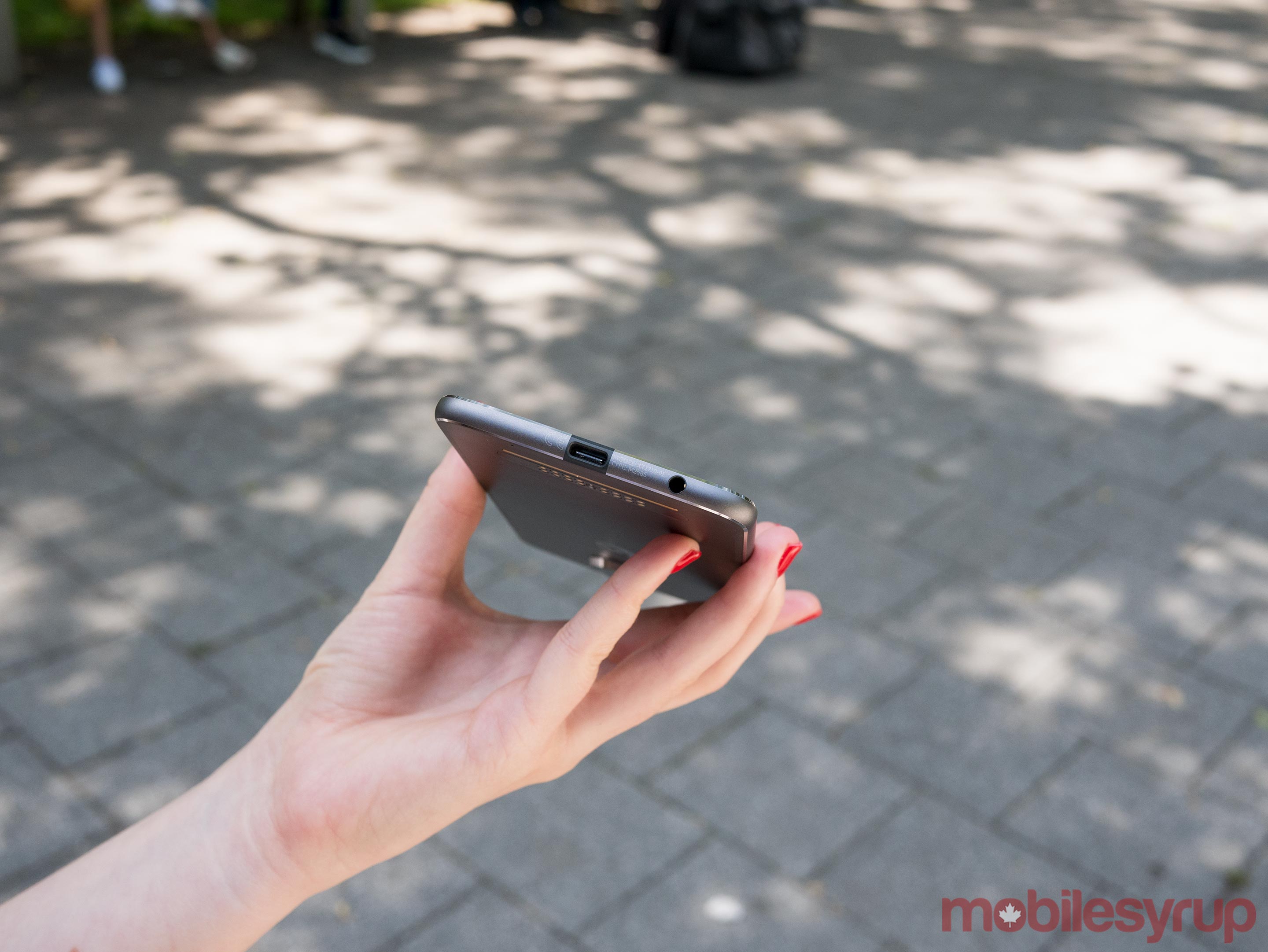
Finally, we come to battery life.
Much like the camera performance, it’s actually not bad at all. The 3,000mAh power source lasts me a full day with medium to heavy usage – several hours of LTE social media browsing, several hours of music streaming and an hour or so of calling – and just over 24 hours with lighter usage. Many phones are similar, including (in my experience), the Google Pixel and the LG G6.
Additionally, it didn’t suffer any overheating issues, or experience any random or unexpected drains.
The only real reason I’m disappointed – fairly or unfairly – is because one of the Z Play’s core selling points for me was its robust 3,510mAh battery, which, as I stated in my review, could last me around two full days of average use.
Then again, long-lasting battery life is a hallmark of the mid-range phones, not the high-end tier that the Moto Z2 Play is encroaching on. The unfortunate thing is that the device doesn’t provide enough improvement in any of its other components to make the loss seem worth it.
Some photography contributed by Patrick O’Rourke.
Wading in the low-high end
The Moto Z2 Play is a good phone, but its pricing puts it at a disadvantage.
It has a great UI, acceptable mid-range camera, average battery life, a reliable processor and a handsome design -- all of which would be great, if it were a mid-range phone. But $700 to $800 is not a mid-range price point, and there are some extremely compelling flagships hovering at that price that can offer a whole lot more.
The one thing that truly differentiates the device is also of uncertain value. I love the Mods -- but even if we presume that Motorola has every intention to continue with them for many years ahead -- tying oneself into the Moto ecosystem is a hard sell when there are such diverse and competitive offerings in the Android market. Ultimately, the device is a compelling mid-range option, but at its current Canadian price point, the one thing the Moto Z2 Play it lacks more than anything else, is a demographic. For overall quality, however, I'm giving the phone a 7 out of 10 -- if pricing is a lesser consideration for you, or if it happens to go on sale, I'd happily recommend this as a solid mid-range choice."The Moto Z2 Play is a good phone, but its pricing puts it at a disadvantage."
MobileSyrup may earn a commission from purchases made via our links, which helps fund the journalism we provide free on our website. These links do not influence our editorial content. Support us here.






